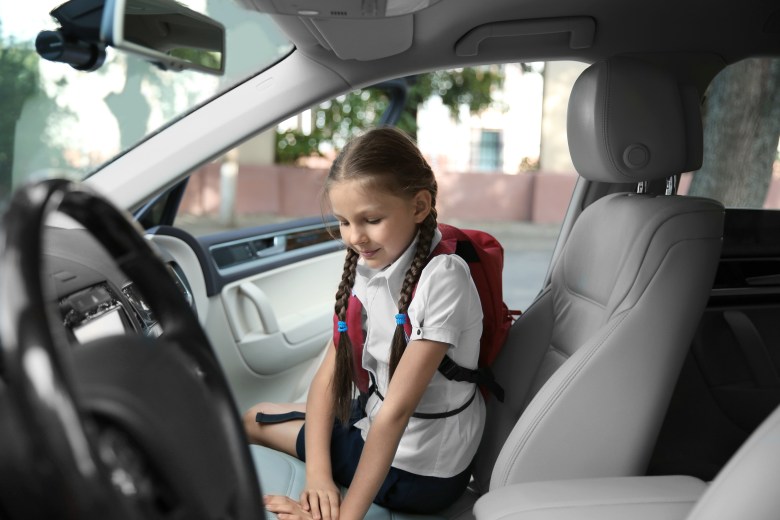Several of ways of transportation are available to students to use traveling school. The ways include walking, traveling by car, van, bike, local bus services, private bus services and train. Obviously, the access to these services depends on either where a student lives, in which part of the country or whether in a city, SUV or the non-urban environment.
- In England as a whole, walking is still the prominent mode of transportation, 50% of all trips to and from school during the period end of 20 century. In Scotland, the percentage of travel walking school is more than 55%.
- The use of vehicles and automobiles as a transportation mode for the school travel has improved considerably since the mid-1970s. During 1975 to 76, this mode of transportation was the third most typical for the school travel of almost 12% of the total. This ratio has continuously improved to almost one in three trips by 1995 to 97, ruling public transport and vehicles in the process.
Study of different ways of transportation amongst old student shows that the percentage of students walking decreases from 54% to 45%, perhaps showing improvements in distances to additional educational institutions, when to compare to primary educational institutions. Use of cars and vehicles amongst adolescents in this age distance also decreases from 37% to 20%. Older students transfer from walking and being taken school by car/van to public transport.
At this age, there are some variations obvious between the genders. Girls are more likely than boys to be brought school by car are and less likely to use any regional service bus.
According to Jackson and Bradshaw, there are variations in the mode of travel used in the morning hours and manufactured. Both age categories are more likely to move house manufactured than to move the school in the morning hours. Indeed, ‘whilst almost a one-fourth of school students are taken school by car only 16% are gathered.’ This would suggest that a fair percentage of students who are delivered in class could actually move in the morning hours. The exact percentage is, however, difficult to evaluate as some students may go to nearby activities after school and say, move or catch a bus house afterward.
Differences by Distance Travelled
Amongst youngsters aged five to ten years of age traveling less than one-kilometer school, by far the most frequent mode of travel is walking; almost over four out of five trips (83%). However, for trips of one kilometer or more in length the design changes and car use is much more widespread.
- The car is used in only 15% of trips of less than one kilometer.
- For trips above ten kilometers, however, personal hire of vehicles become a more significant transportation mode, almost just over one third of trips while the car still records for almost 50 percent of trips.
- As regards children aged from 11 to 20, for trips of less than one kilometer in distance almost all (91%) move.
- Where the gap improves to over 1 but less than two kilometers over 50 percent of travel from this age distance move, showing their endurance and more advanced physical development when in comparison to 5-10 year old. However, just over 25 % of travel from this age distance travel between one and two kilometers school by car or van.
The Impact of Car Ownership
The variety of vehicles owned by a family affects the possibility of travel being motivated school, especially amongst children aged five to ten years of age. Amongst the five to ten-year-old age distance, children in a two or more car family are almost twice as likely traveling school by car than in a one-car family by mothers. A similar design regarding travel school by car comes out amongst children aged 11 of age, although not quite so apparent. Those most likely traveling by car are in the two-car houses; almost a third of trips are 32%. In comparison, less than one in five 11 to 15 year old in one-car houses were motivated school. Travel living in houses with no vehicles was, not amazingly, the most likely to move or use any regional bus to get to school; this is true of both age categories.
Conclusion
Having discussed all comparison, we find most of the mothers use their car to drop or pick their children to schools by their private cars, but they don’t care for their cars. The result comes with sometimes huge trouble when they private transport doesn’t work due to little carelessness. Therefore, my best suggestion is to the user the best rain car cover for the security of their car and for the long-lasting worth and look of their cars. The car coves made for outdoor use are the best alternatives for the security of the private car of mother to drop and pick their children in time.

